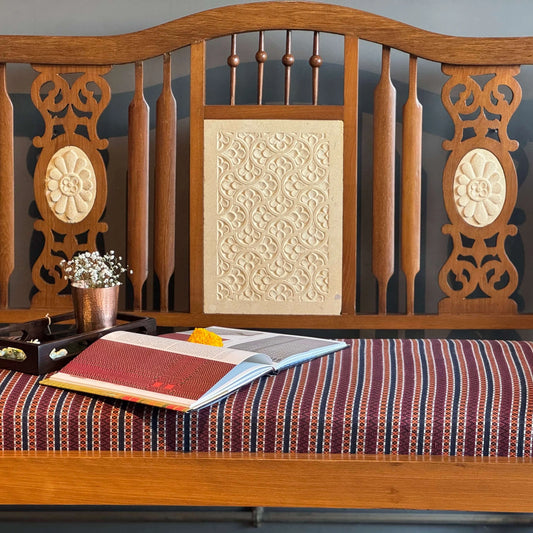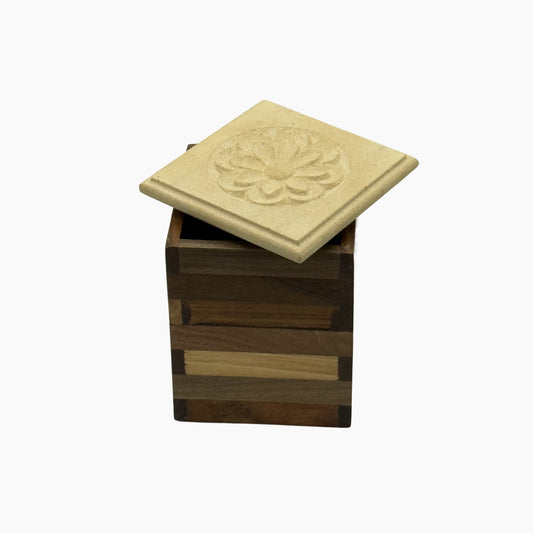Jungshahi, Sindh
Jungshahi Stone Carving
Jungshahi stone carving is a distinctive craft practiced in the Jungshahi region of Pakistan, known for its rich deposits of limestone and sandstone. Artisans in this area have honed the ancient tradition of carving intricate patterns and designs into these local stones, creating sculptures, architectural elements, and decorative pieces. The craft is deeply rooted in history, drawing influence from Islamic architecture and regional cultural motifs, making it an important part of Pakistan’s architectural and artisanal heritage.
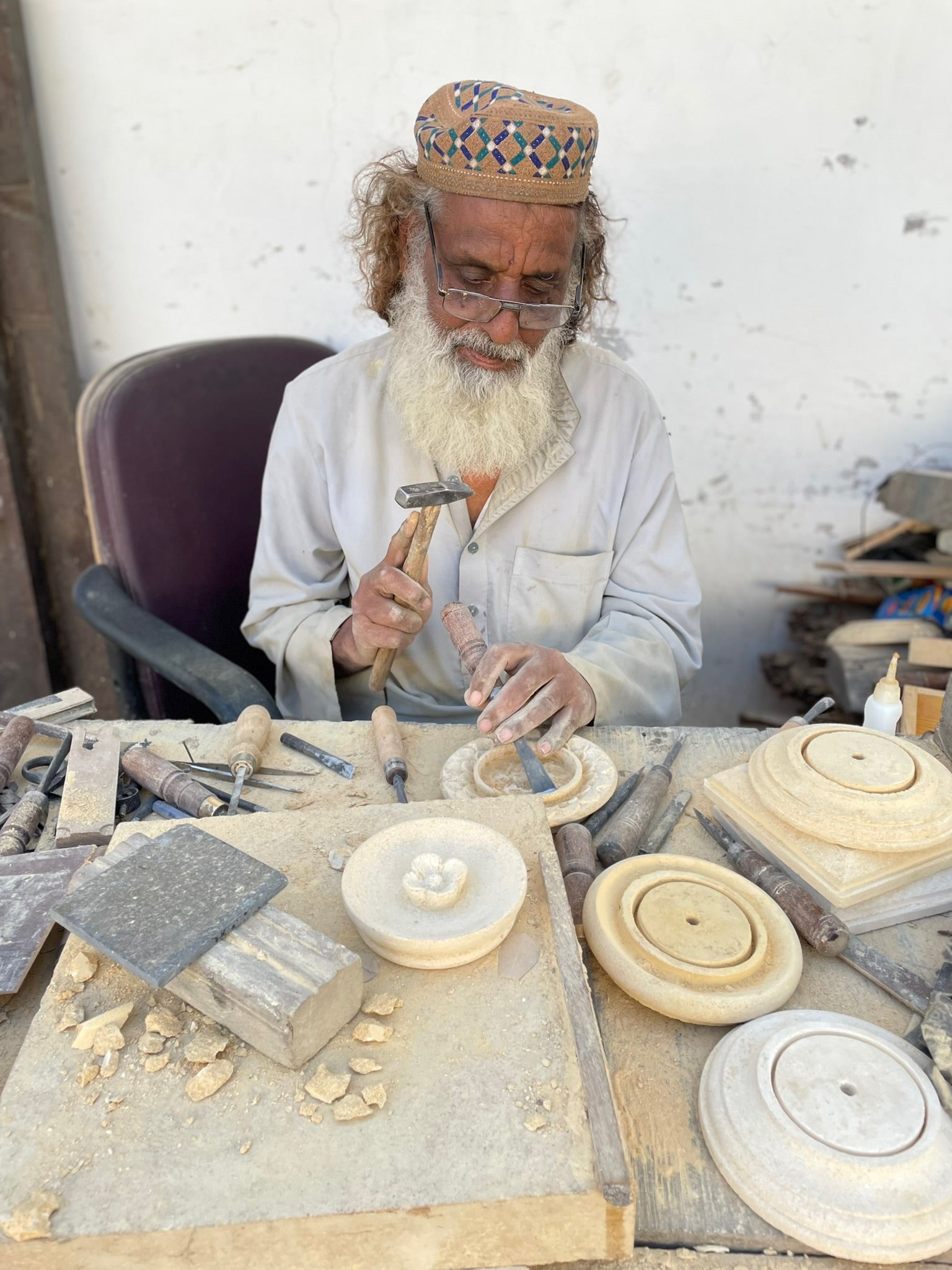
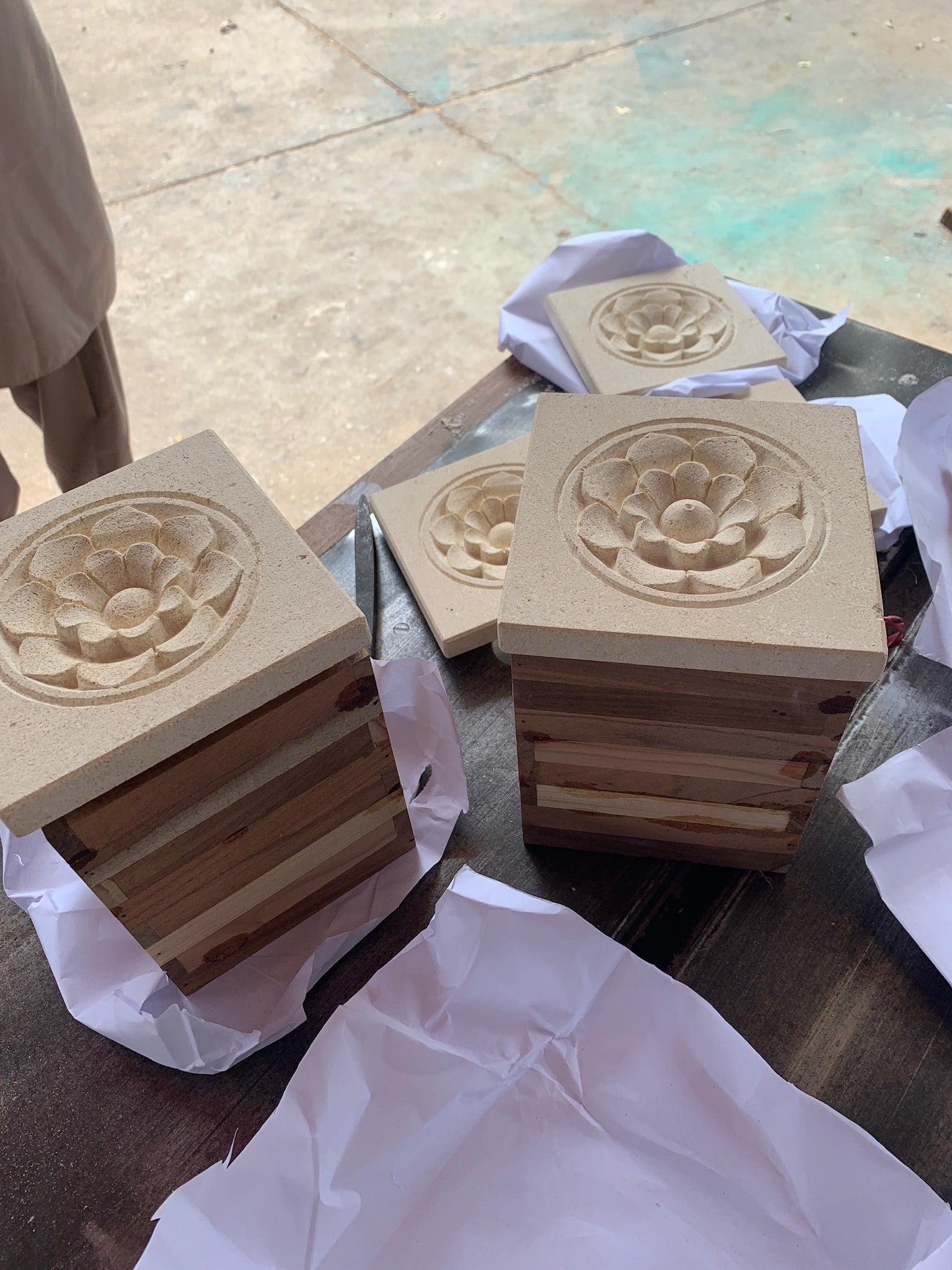
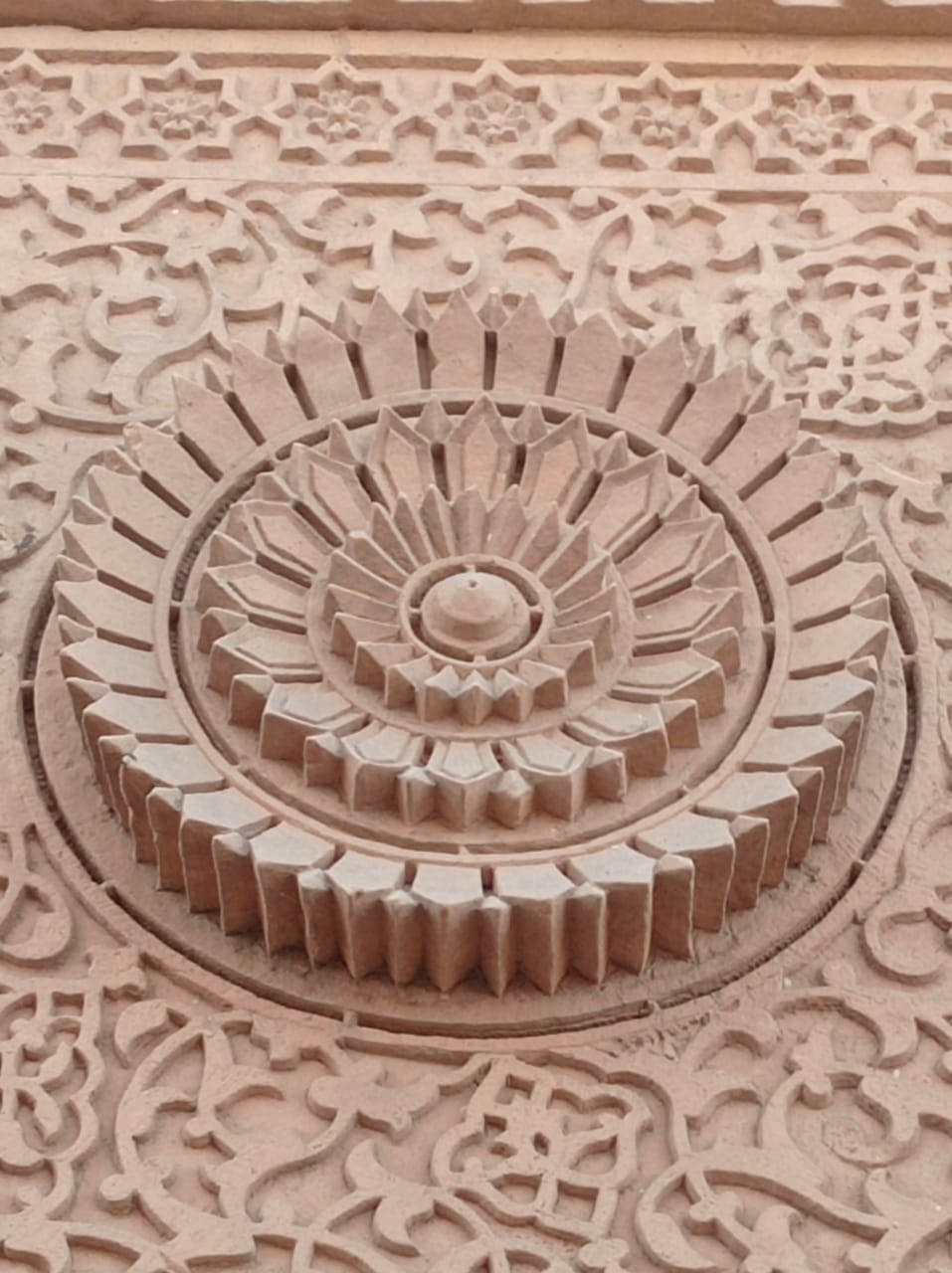
Collapsible content
Craftsmanship and Techniques
1. Stone Selection
Artisans typically use limestone or sandstone from local quarries, prized for their workability and durability. The stone is carefully selected for its texture and natural beauty, which will later be revealed through the carving process.
2. Hand Carving
Using traditional tools such as chisels, hammers, and mallets, craftsmen meticulously carve the stone into intricate geometric, floral, and calligraphic designs. The precision involved in shaping each detail reflects the artisan’s skill and connection to centuries-old techniques. Carvings often include Islamic motifs such as arabesques and arches, showcasing the craft's deep cultural and spiritual roots.
3. Sculpting and Shaping
Larger stone pieces are sculpted into architectural elements like columns, friezes, fountains, and door frames. This work can also be seen in gravestones, where intricate designs and verses are carved into the stone, transforming functional objects into pieces of art.
4. Finishing
Once the carving is complete, the stone is polished and finished to smooth the surfaces, bringing out the natural grain and color of the stone. This process enhances the visual appeal of the carvings, giving the final piece a refined look.
Cultural and Historical Significance
Jungshahi stone carving has a long history in Pakistani architecture and is often found in mosques, mausoleums, and heritage buildings. The craft reflects the Islamic art tradition of combining geometry, nature, and calligraphy into decorative and spiritual expressions. In addition to religious structures, this stone carving is also used for creating graves and memorial stones, making it an integral part of regional customs around life, death, and remembrance. The craft embodies the community's artistic identity and continues to be a medium for preserving cultural and religious values.
Modern Relevance
Today, Jungshahi stone carving is appreciated for its historical significance and aesthetic beauty. Artisans continue to produce both traditional and contemporary pieces, from architectural elements to decorative stone sculptures and tabletop ornaments. In modern construction and interior design, the timeless elegance of Jungshahi stone carving is used to enhance homes, offices, and public spaces. The craft’s focus on natural materials and handcrafted quality aligns with growing global interest in sustainable, artisanal décor.
Shop Jungshahi products
-
Antique Headboard Bench
Regular price Rs. 295,000Regular priceUnit price / per -
Jungshahi Box
Regular price Rs. 12,000Regular priceUnit price / per
